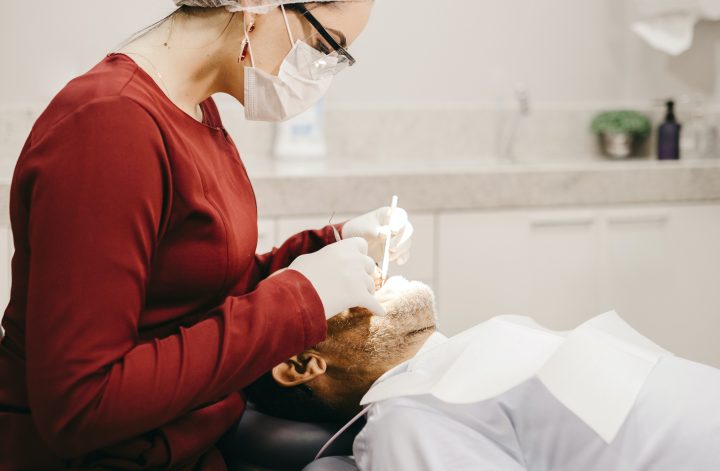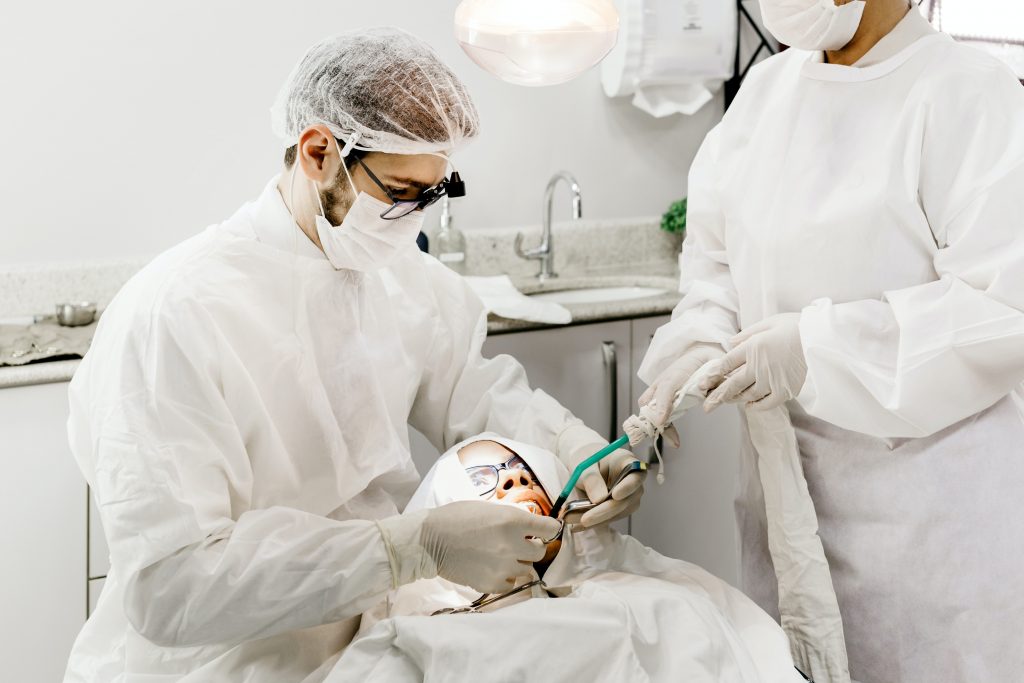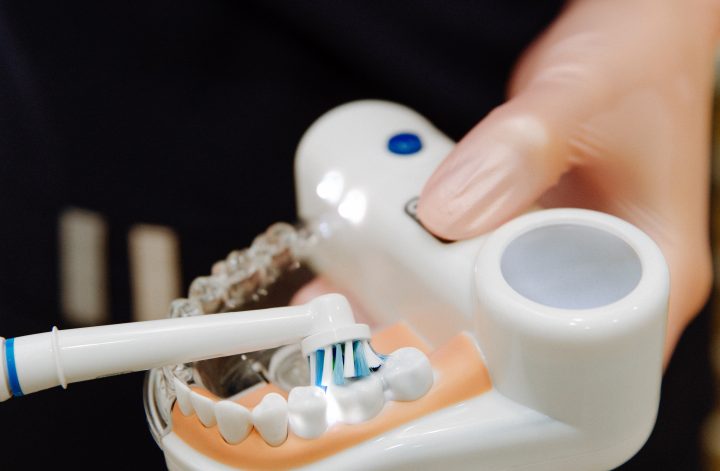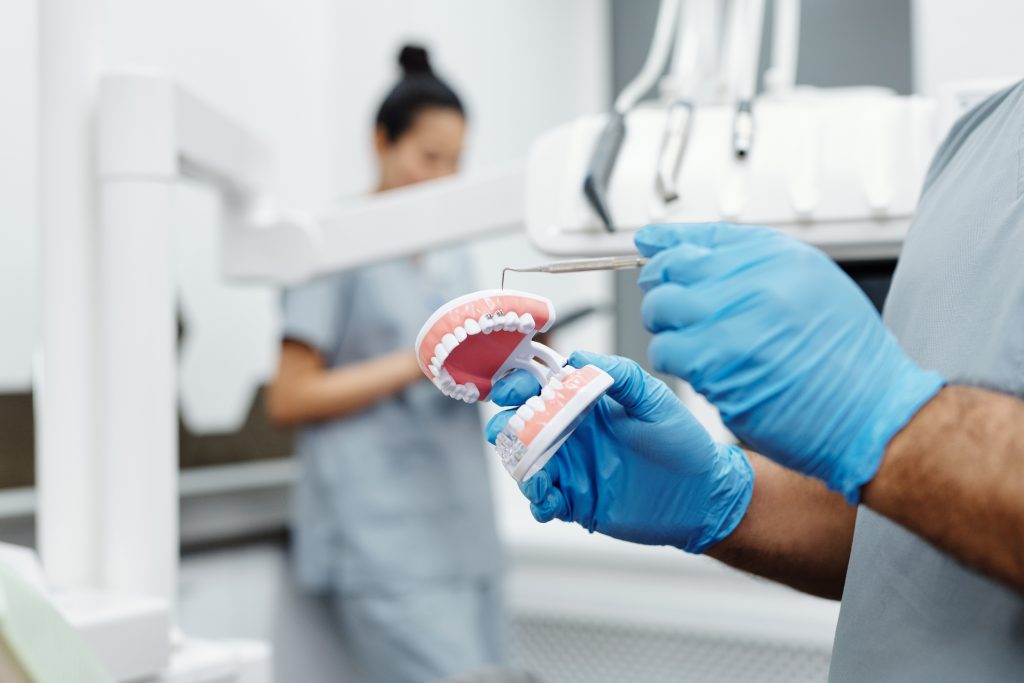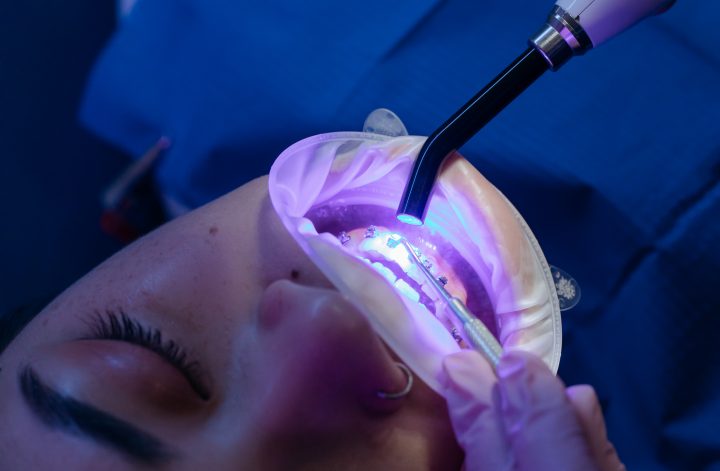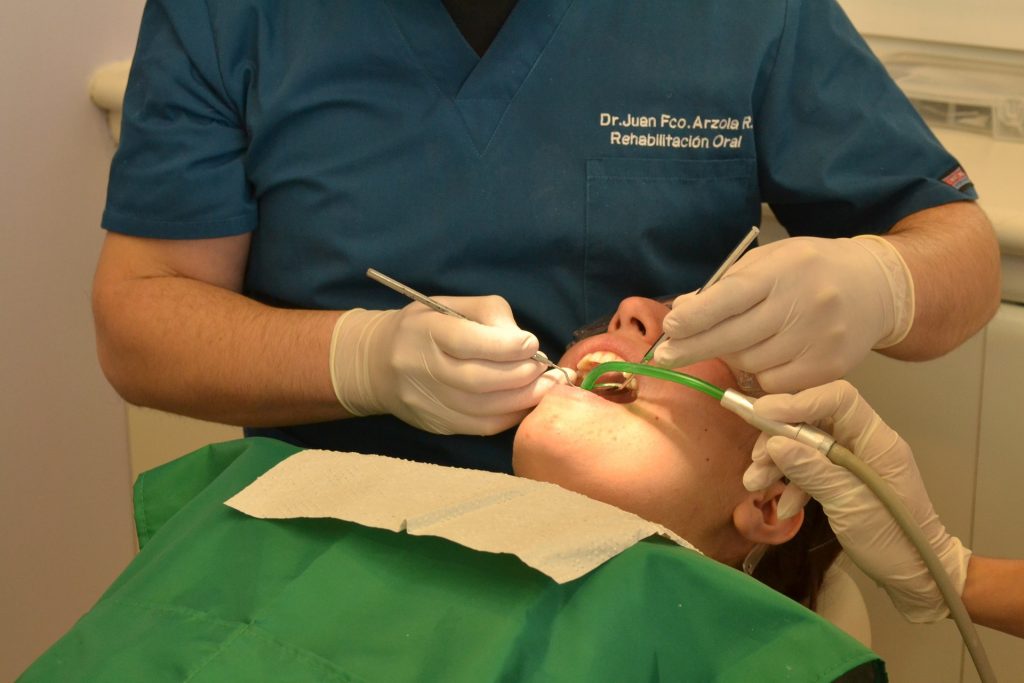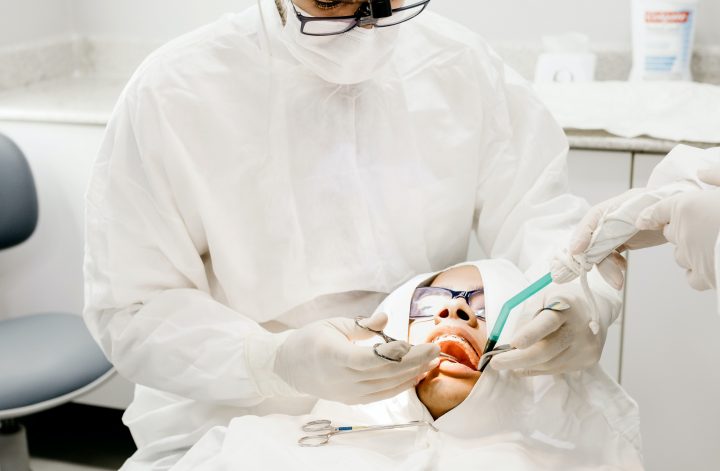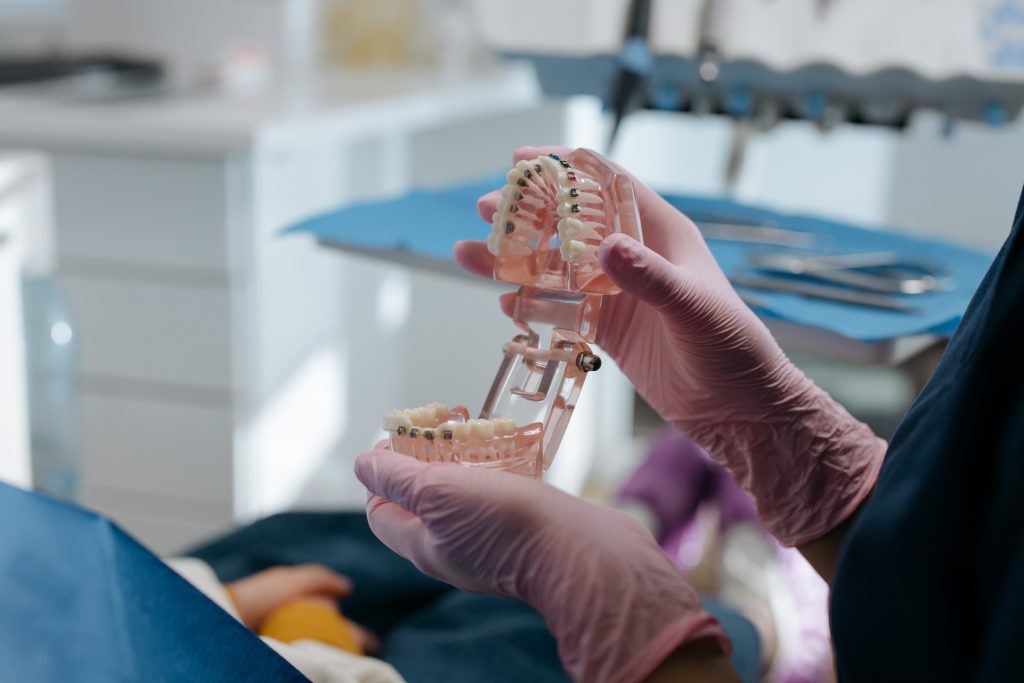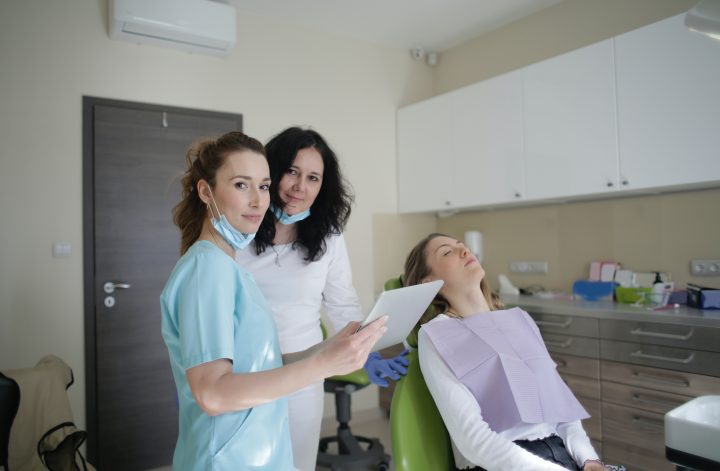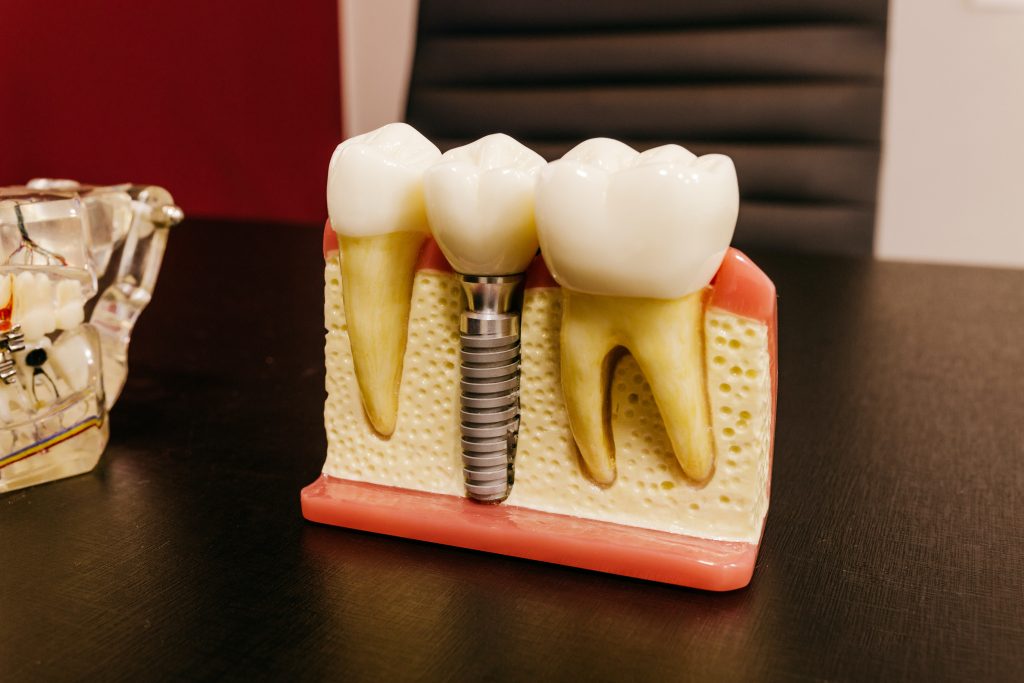Invisible Orthodontics:
They are transparent splints that correct bad mouth occlusions and align the teeth. Made to measure for the patient and almost invisible at first glance.
Orthodontics With Aesthetic Brackets:
Fixed appliances that are imposed on the teeth to correct the effect of bites and improve dental aesthetics. They were originally made of metal but today they are made of materials that make them practically invisible.
Ceramic Brackets:
Made of ceramic materials the color of the tooth and very resistant.
Polysulfone Brackets:
They consist of a polysulfone-based plastic composition, providing a high level of performance in orthodontic treatment. One of using this type of corrector is that it can be used for more serious overbite cases, thus preventing abrasions that are usually derived from the friction of the teeth and the bracket.

Removable Brackets:
Also known as SAR or rapid alignment system. Various studies claim that it is one of the fastest techniques to correct dental misalignment.
Lingual Orthodontics:
The brackets are arranged on the inside of the teeth, on the lingual side, so they go completely unnoticed at a glance.
Treatment With Cosmetic Braces
The first is to go to the dental center for guidance and advice on each case. Everything must be treated in a personal and individualized way as each patient is unique. An X-ray will be carried out to assess the state of the teeth, both at a health and aesthetic level.
A detailed study of the patient’s needs will then be carried out to be able to advise them on what type of corrector they need and the duration of treatment. With all this data, you can get a very rough idea of the entire process and its follow-up, step by step.
Once the decision to start orthodontic treatment with the type of cosmetic brackets chosen has been made, it is when it can be said that the process begins with all the guarantees of obtaining the best results.
What cannot be ignored is that these treatments take time and you should not be in a hurry or suffer from stress. Setting the ultimate goal of achieving a beautiful and healthy smile in your mind should be the only idea that should be on your mind.
Less Wear On The Teeth.
When the teeth are aligned, their collision with each other is, to put it simply, natural. However, when they are crowded or crooked there is no harmony in the bite. These causes wear and tear on these teeth which will end up making them weaker and prone to more oral diseases. Orthodontics will correct defects and positional irregularities in those teeth.
Less Risk Of Tooth Decay.
It is very common for people with crowded teeth to have more cavities. The reason is simple: it is not easy to clean your teeth when they have unnatural nooks and crannies where food debris can collect. Simply, neither toothbrushes nor dental floss is designed for this.
Less Risk Of Periodontal Disease.
Together with the greater predisposition to suffer cavities, patients with defective dental occlusion may also have a higher risk of contracting periodontal diseases such as gingivitis or periodontitis due to the accumulation of dental plaque in places that are difficult to access.
Less Tooth Mobility And Tooth Sensitivity.
It is another of the consequences if the teeth are not in place. Logically, they weaken and begin to move. With orthodontic treatment, it is also possible to end cases of tooth sensitivity. Remember that tooth sensitivity occurs because there are stimuli that come into direct contact with the dentin that is in communication with the dental pulp. The pulp has nerve endings and, hence, that unpleasant sensation of pain when we drink something cold, hot, sweet, or sour. For example, when a tooth is mounted on another, it is very easy that part of that tooth is not well covered by gums and, therefore, that tooth sensitivity appears.
Less Bruxism.
Grinding the teeth is indeed associated with stress problems, but it is also true that part of the problem may be in poor occlusion, that is, the upper and lower teeth do not fit properly. Orthodontics can solve or improve a condition such as bruxism, fortunately, more and more diagnosed and treated.
Less Back, Head, And Ear Pain.
Many patients are surprised when they find that their teeth are corrected, they have much less back, ear, and headache pain. Think that if today there is harmony in your bite you will be tensing the entire area when you eat and do not forget that the head, ear, and cervical muscles are closely related. There are even postural problems in minors that are related to the lack of good orthodontic treatment.


